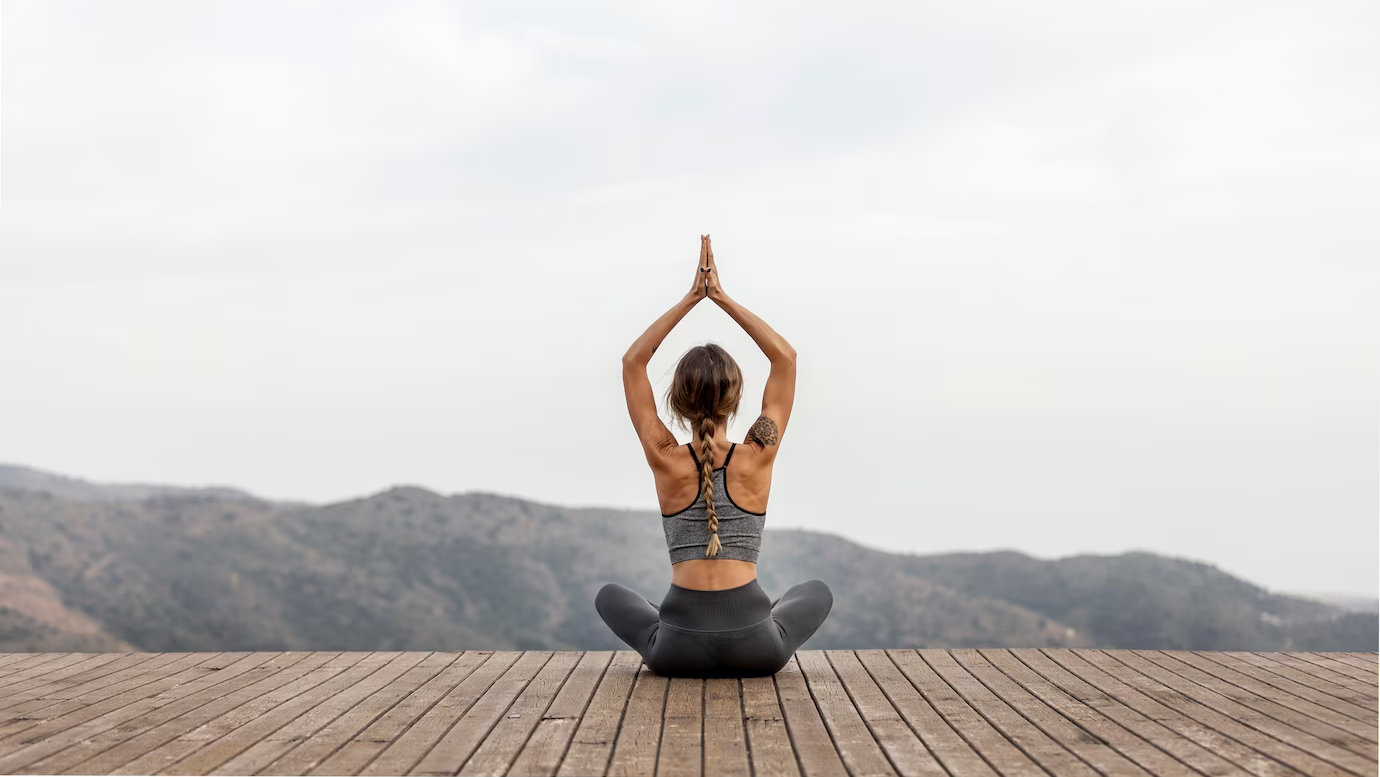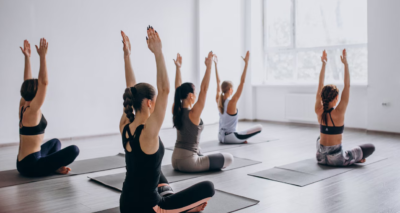100% Herbal & Natural |
Extra 10% OFF with code SATRISHI10 |
Backed by Ayurveda |
Free Shipping Above ₹399 |
100% Herbal & Natural |
Extra 10% OFF with code SATRISHI10 |
Backed by Ayurveda |
Free Shipping Above ₹399 |
100% Herbal & Natural |
Extra 10% OFF with code SATRISHI10 |
Backed by Ayurveda |
Free Shipping Above ₹399 |
100% Herbal & Natural |
Extra 10% OFF with code SATRISHI10 |
Backed by Ayurveda |
Free Shipping Above ₹399 |

Heart health is critical to overall well-being, and yoga offers an excellent way to support cardiovascular function. By combining gentle physical postures with breathing exercises (Pranayama), yoga helps strengthen the heart, improve circulation, and reduce stress, which are all vital for a healthy heart. Practicing yoga regularly can help lower blood pressure, reduce cholesterol levels, and increase the flexibility and strength of the heart muscles.
In this article, we will explore yoga poses and Pranayama techniques that can promote a stronger heart and improve overall cardiovascular health.
Yoga has been shown to lower blood pressure, reduce stress, and improve the heart’s function by encouraging relaxation and improving circulation. It helps balance the doshas (Vata, Pitta, and Kapha) in Ayurveda, which in turn supports heart health. Moreover, regular practice can help you manage weight, boost oxygen levels in the blood, and promote healthy arteries.

These gentle yoga poses can help you improve heart health by boosting circulation, improving flexibility, and promoting relaxation. Always practice yoga with slow, controlled movements, and focus on your breath for maximum benefit.
Tadasana is a simple standing pose that helps improve posture, enhance circulation, and encourage proper breathing.
Benefits: Improves circulation, encourages deep breathing, and promotes relaxation.
Bridge pose is excellent for opening the chest and heart, improving circulation, and strengthening the spine and lower back.
Benefits: Opens the chest, strengthens the heart muscles, and improves blood flow.
Tree pose helps improve balance, concentration, and stability while enhancing blood circulation and reducing stress.
Benefits: Improves circulation, strengthens leg muscles, and promotes mental focus and relaxation.
Cobra pose opens the chest and stretches the heart, lungs, and abdomen. It is excellent for improving circulation and releasing tension in the upper body.
Benefits: Expands the chest, improves lung capacity, and promotes better oxygen flow to the heart.
Forward bends help calm the nervous system, reduce stress, and improve circulation by encouraging blood flow to the heart and brain.
Benefits: Calms the mind, reduces stress, and improves circulation to the heart.

Pranayama, or yogic breathing exercises, is a vital part of yoga practice that focuses on controlling the breath to improve physical and mental health. Regular practice of Pranayama can enhance lung capacity, reduce stress, and improve oxygen flow, all of which benefit the heart.
Anulom Vilom is one of the most popular Pranayama techniques for balancing the body’s energy and calming the mind. It also improves oxygen flow to the heart and reduces stress.
Benefits: Reduces stress, balances blood pressure, and improves oxygenation of the heart.
Bhramari is a calming breathing technique that helps reduce stress and anxiety, which can be beneficial for heart health.
Benefits: Reduces stress, promotes relaxation, and lowers blood pressure.
Ujjayi Pranayama is a breathing technique that involves slightly constricting the throat while breathing, which helps increase oxygen flow and improve circulation. It also has a calming effect on the mind.
Benefits: Enhances oxygen flow, improves circulation, and calms the mind and body.
Shitali Pranayama is a cooling breathing technique that helps reduce heat and inflammation in the body, which is beneficial for lowering blood pressure and supporting heart health.
Benefits: Cools the body, reduces stress, and balances Pitta dosha, which can help lower blood pressure.
Yoga and Pranayama offer a holistic approach to strengthening the heart and improving cardiovascular health. By incorporating heart-friendly yoga poses and breathing exercises into your daily routine, you can reduce stress, improve circulation, and maintain a healthy heart. Whether you’re looking to prevent heart issues or support existing heart health, these practices can offer significant benefits.
Remember, it’s essential to practice yoga and Pranayama consistently and listen to your body. If you have any pre-existing health conditions, consult with a healthcare professional before starting a new yoga routine.
No account yet?
Create an Account